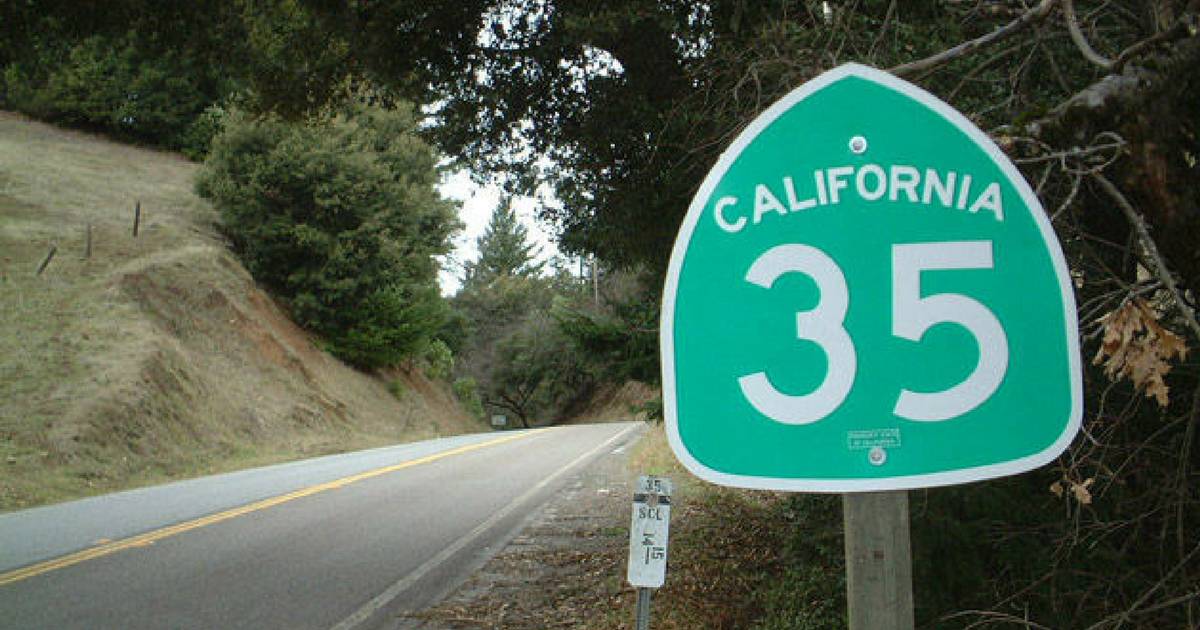Tell Caltrans Bikes Belong on the Road
When Caltrans moved to BAN bikes on a stretch of Skyline Blvd without public comment, our partners pushed back. Now Caltrans needs your input.
Where Skyline Blvd (State Highway 35) crosses Highway 1 in Daly City, people on bikes have to navigate a dangerous freeway-style interchange. In response to a 2015 tragedy when a rider was struck and killed by a person driving a car, Caltrans considered simply banning bicycles. But this a critical connector for hundreds of people each week—the only reasonable route from San Francisco to key destinations and some epic riding on the San Francisco Peninsula, including the popular 17-mile Crystal Springs bike path.
So our partners in San Francisco and Silicon Valley pushed back, and now Caltrans wants to hear from you. Input like this can help California become a better place to bike.
We’re glad bicycle advocates stood up. This is just one intersection, but it could represent a test case for treatments that could apply on any of hundreds of similar interchanges around the state. Freeway on- and off-ramps are realities of California roadways. So are bicycles. The solution to the problem of navigating dangerous highway ramps cannot be to prohibit bicycles from using the road.
Thanks to the organizing efforts of CalBike partners SVBC and SFBC and your calls and emails, Caltrans is taking a step back and considering more options. They are ready to listen, and now they need to hear from you.
Click here to fill out this short survey and tell Caltrans bikes belong on the road.
We’ve written this letter, and have followed up with a conversation, to communicate the following four points to Caltrans District 4 and Headquarters.
- We want to see this intersection used as a test case for design solutions that could apply on any of hundreds of similar interchanges around the state. It’s about time we found a safe way to get people on bikes past on- and off-ramps.
- The design principle should provide for a design that allows riders to ride quickly if they wish to, so that whatever safety feature is implemented, it’s convenient enough to attract (almost) all bicyclists. Otherwise, too many riders will opt to use the road in a vehicular manner, exposing them to dangers.
- We proposed some specific design solutions, including limiting ramps to a single lane whenever possible, and steering ramp traffic into channels to slow it a little bit and make it more predictable so that people on bikes can more easily find a gap in traffic and cross when safe.
- While we have a keen interest in seeing a design applied to this intersection that is usable statewide, with regard to the specific solution for this interchange we defer to our local partners in SVBC and SFBC.



